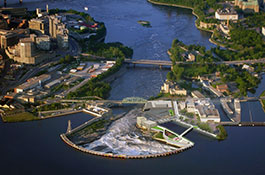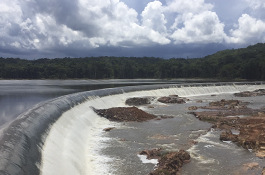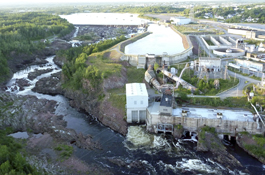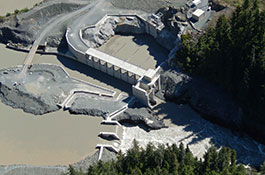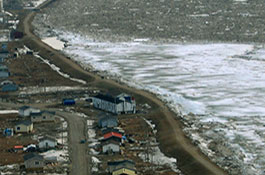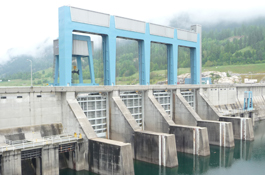
Lower Mattagami River Project
Largest hydro project in Ontario in 40 years
Ontario Power Generation | Canada | 2006–2016
1,200 employed
during construction
70%
of those employed were drawn from local communities
Awards of Excellence
Canadian Consulting Engineering Awards
Award of Merit
Ontario Consulting Engineering Awards
Challenges
- Add almost 500 MW of power by updating three generating stations and completely replacing a fourth on the Lower Mattagami River—all while maintaining in operation.
- Build a new station at Smoky Falls (3 units of 90 MW, a 275 t bridge crane, 150,000 m3of concrete, 6 intake gates) with a new headrace and tailrace; rehabilitate water-retaining structures and replace 1 of 10 spillway gates; construct new 230 kV transmission lines; and decommission the old station.
- Add one-unit extensions of 68 MW, 100 MW, and 84 MW to the Little Long, Harmon, and Kipling generating stations (2,000 m3of concrete, a cellular cofferdam, generating unit equipment, and high-voltage substations at each).
- The Smoky Falls site was situated on a dormant fault. Construction there faced difficult geological conditions.
Solutions
- We acted as owner’s engineer for the front-end study and design phases, and as owner’s representative during implementation. We represented OPG on site, providing oversight services for all contractors and on-site workers, which peaked at 1,100 people.
- We developed the owner’s requirements; prepared budget cost estimates; prequalified design-build contractors and turbine/generator suppliers; solicited proposals; evaluated proposals; assisted OPG in the final recommendations for the design-build contractor; provided environmental expertise; and delivered owner’s representative services during construction.
- The design and implementation had to maintain balance in the system as all four sites were interdependent and had to continue generation during the project. Careful work planning ensured proper water level and achieve peak performance.
- We monitored the work proactively and commissioning was rigorously implemented through the use of walk-down validation for subsystems and systems.
Highlights
- The project included many technical feats, including the use of 20 m high cellular cofferdams for dewatering so that work could take place adjacent to existing operating facilities.
- First Nation workers represented 25% of the project workforce, which peaked at 1,100 people on site.
- The project was delivered on budget and ahead of schedule. All units were up and running by December 2015, just in time for the high-energy-demand holiday season.
“[Hatch’s] support with engineering, project concepts and energy modeling, estimating and scheduling, environmental and contract development, and negotiations has been instrumental in getting us to this point.”
Project numbers
455,000房屋鲍威red$2-billionproject
$250 millionin contracts went to First Nations companies
400,000on-site hours logged by Hatch staff
150,000 m3of concrete poured
6intake gates built
What's your challenge?
Related projects
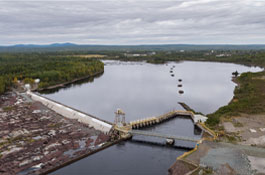
Grand Falls Dam and Spillway Rehabilitation
Grand Falls, Newfoundland, Canada

Kelso Dam: urgent repairs and rehabilitation project
Milton, Ontario, Canada
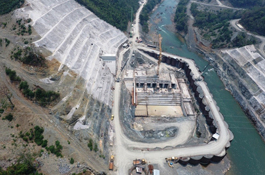
Oxec II Hydroelectric Project
Guatemala

Niagara Tunnel
Canada

